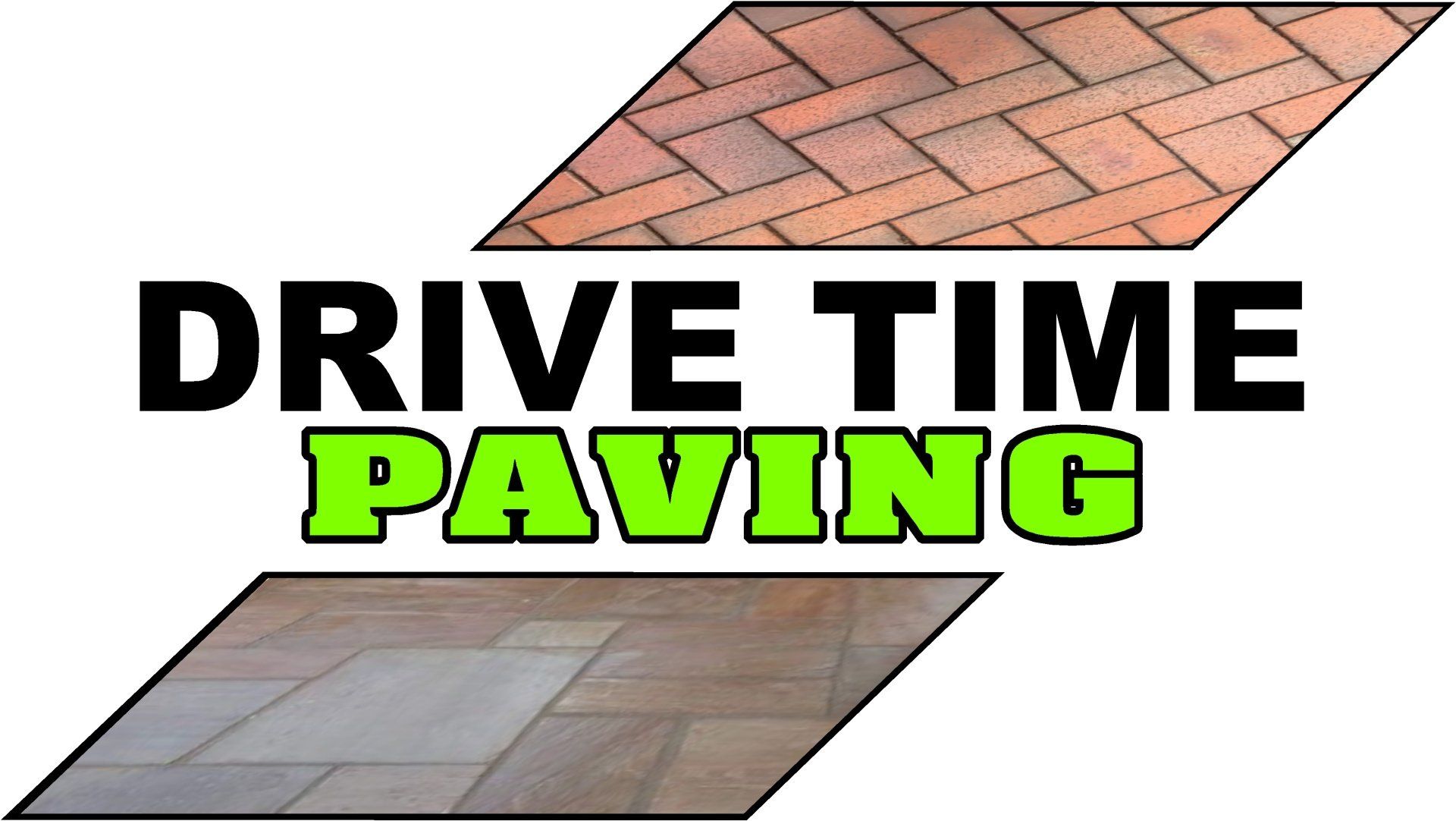Why Patio Sealing Can Defend Against Wet Weather
Patios can be made from very sturdy-looking stone, but the truth is that there is only so much of a battering they can take from bad weather before decline sets in.
That may not necessarily be a structural problem, such as stones cracking or the surface becoming uneven, although the late September floods across Shropshire will have done a lot of damage, not just through water alone but by the waters covering patios in mud and debris, with harder items causing physical damage.
A key problem for paving stones that arises from water is staining, although they can be eroded over time if impacted by repeated flowing water (as happens with stones in a stream of river).
In many cases, patio sealing is the solution to staining, protecting against the loss of the attractive colour you chose to have in your yard.
According to Paving Expert, the kinds of paving stone best suited to being sealed include limestone, sandstone, granite, slate, concrete and brick.
As well as protecting against staining, patio sealing can also reduce the discolouring effects of hot sun, which (hard though it may be to believe just now) we will see again one day in Shropshire, though not this year.
It also prevents porous stones from absorbing a lot of moisture, which may not count for much when there are floods and loads of rain, but does mean you don’t have annoying areas of persistent wetness when the rest of it is drying out.
This is also important because water expands as it freezes, which breaks up stone. In nature, this process, known as ‘freeze-thaw’, is good news because it releases nutrients into the soil, but it’s bad for your patio as it can expand any cracks and crevices that exist.
None of this will prevent your garden from suffering some harm if the weather is as truly awful as it has been of late and there is flooding, but it does help your patio handle whatever is thrown at it from above.
